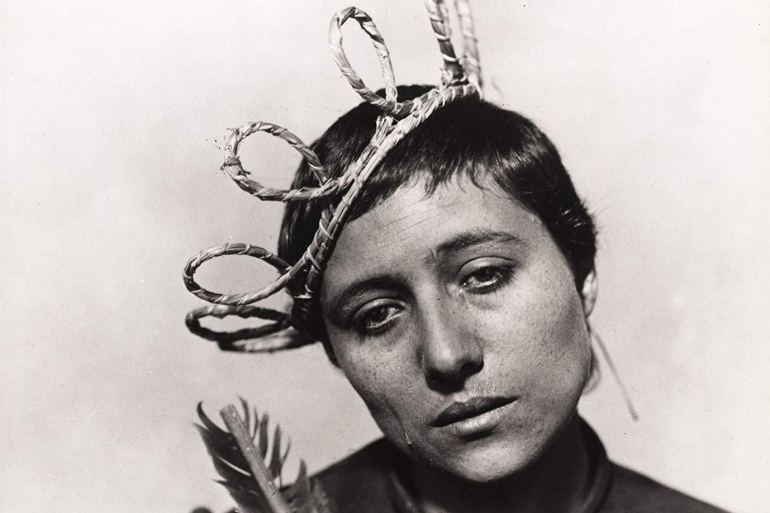Film Frame Friday is a regular series where one of our contributors will pick a film and highlight its unique cinematic style, from cinematography to mise-en-scene, and editing. It is a great way to not only introduce someone to a new film but to bring new conversations to the table. Click here for more entries in the series.
Why are there so many movies about the Passion of Jesus Christ? In Christian culture it is literally everywhere: in prayers, in art, in sermons, even the most recognizable symbol of the Church is the instrument of his death. Why bother bringing it up again? I know this all sounds like incredibly callous talk from a nonreligious person but even as a Christian, a film version is something to question. Fundamentally, to be a Christian you have to believe that Jesus, the Son of God, suffered and died for your sins. That phrase “suffered and died for your sins” is one heard non-stop within Christianity. In an attempt to instill the significance of the Passion, the opposite response has arisen. The over-emphasizing had led many to not recognize the true gravity of the event. The same goes for much of history, with events like the Black Plague or the World Wars reduced to simple statistics and facts in textbooks. Joan of Arc and her final hours fall squarely in this category. Film can reassert the, if not significance, then the human pain of these events far more effectively than any other medium. In the 1928 classic The Passion of Joan of Arc, director Carl Th. Dreyer builds the film to focus solely on Joan and show what her death truly means, not just as a Christian, but as another human being.
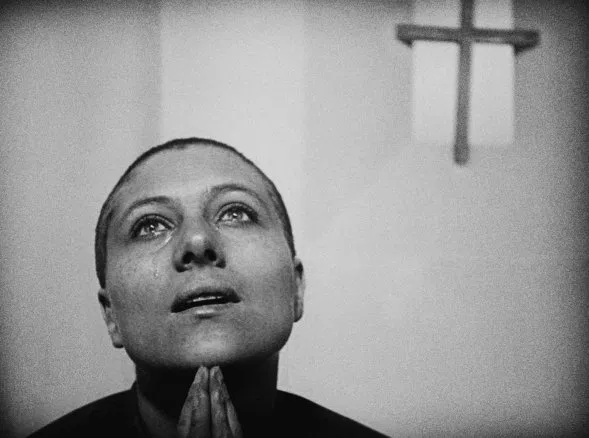
Joan, played with piercing sorrow by Maria Falconetti, is put on trial by the English-backed court of clergymen and judges that have captured her. By this point in her life, Joan has become a rallying figure for the French, revered for her undying devotion to God. Joan is still seen as a national hero in France to this day, becoming the subject of numerous paintings, novels, and films since her death in 1431. The archetypal Joan of Arc depiction is of a beautiful peasant girl (the dressing as a boy aspect of her story is oftentimes dismissed for aesthetic tastes) who is armed and armored for battle and usually praying to God. Even in recreations of her death, her beauty and piety prevails through the flames that will soon burn her alive.

Despite this traditionally agreed upon version of Joan of Arc, Dreyer chooses to focus on, as described in the film’s prologue, “the real Joan, not in armor, but simple and human.” The close up becomes his primary weapon to do so. The protagonist, Joan, and the antagonists, “orthodox theologians and powerful judges”, dominate the substance of the frame. From the first shot of Joan, she is not the hero that has been painted for centuries. She is just a girl, “simple and human”, facing off against those who wish to take away her faith. The contrast between the crying, tortured face of Joan with the sneering and conniving looks of her captors immediately puts you in Joan’s corner. The lighting remains reserved in style but subtly plays up this contrast. The faces of the clergymen are often marred with hard shadows from their wrinkled features while the guards’ are cut by their visor’s shade or otherwise. In complete contrast, Joan’s face is evenly and almost heavenly lit. The only vestige of the ideal vision of Joan is in her smooth and soft shadows. Although she is the prisoner, all grace and power is given visually to her.
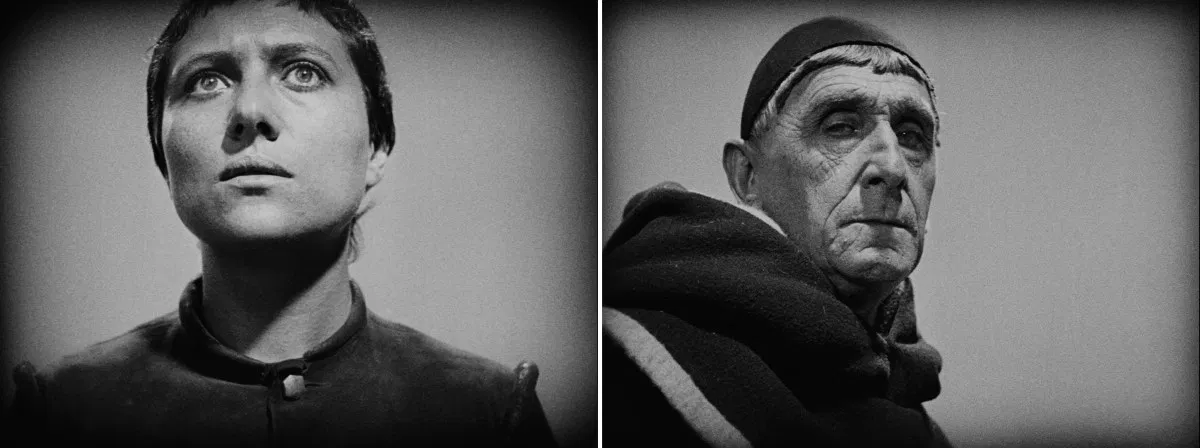
The film usually constructs its scenes with an establishing shot, then will proceed to cut closer towards the subjects of the scene until the camera is inches away. The film then refuses to move any farther away. Whole scenes of this film are done through close-ups. For example, the first interrogation scene is assembled entirely through close ups of random judges present, the prosecutors asking questions, and Joan. A coherent space isn’t even preserved in the editing and close ups. There is never a simple back and forth, show and reverse shot. Between questions and answers, the camera jumps around to various subjects. The only thing that links all of these is their relation to Joan. All shots not of Joan are reacting directly to her but they do not come close to matching the frequency of Joan’s coverage. Joan is undeniably the focus for every shot, every character, and every cut. The insistence that you must experience this trial, then further humiliation, torture, and suffering, so close to her intimately invigorates the gravity of Joan of Arc’s death. She is no longer a historical figure of note. By the end of the film, the audience has seen a young girl fight, question, and ultimately die for her beliefs. The affinity created for Joan would be nothing without the close up.
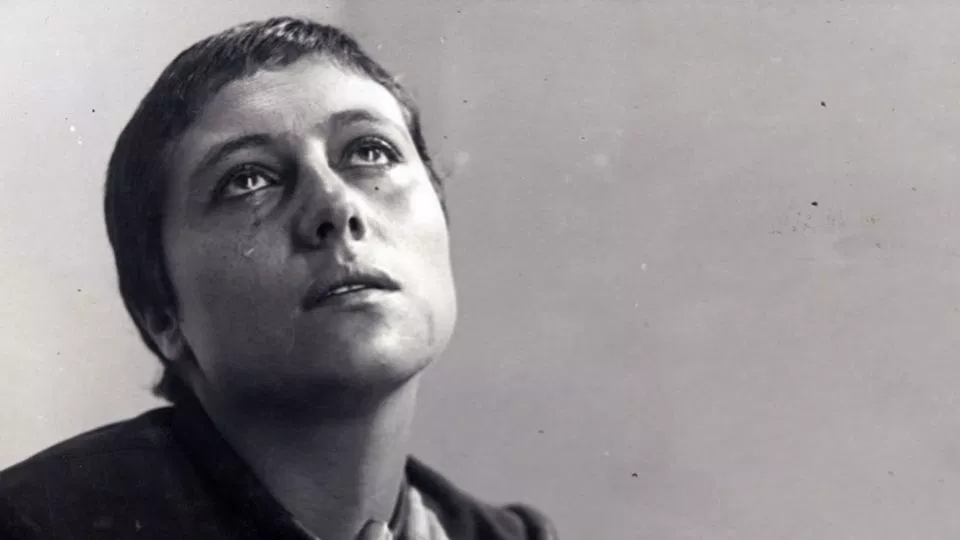
When Dreyer does allow the audience some rest through establishing and liminal shots, the setting can be examined. Joan was brought to a church in Rouen, Normandy after she was captured. Christianity being so powerful and largely followed at the time, French Gothic churches were large, extravagant, and gorgeous. The church of the film is barren. Even in the smallest of churches, they at least have a crucifix somewhere yet there is barely anything of the sort to be found in this one. This set design ends up creating a focusing effect. There is just enough in the shot to insinuate a church, letting all of the visual interest lie in the characters. Yet the interest doesn’t source from their physical appearance; the clergymen wear barely decorated robes, the guards wear little of note, even Joan dons a simple black outfit. Faces are the only real source of visual complexity in the film. Since Joan is the main subject of the close-ups, her struggle becomes the unavoidable focus of the film.

This is usually where I would examine the sound design of the film but this is a silent classic. Most introductory courses about filmmaking often begin with an ardent belief that film is a visual medium. I think that is a terribly narrow view of the art form. The vast amount of versatility and creativity that lives within the audio experience of a film is entirely undercut by some teacher claiming this misguided idea as a rule. Film has evolved beyond the early days of silent wonder into the vibrant spell it often is today.
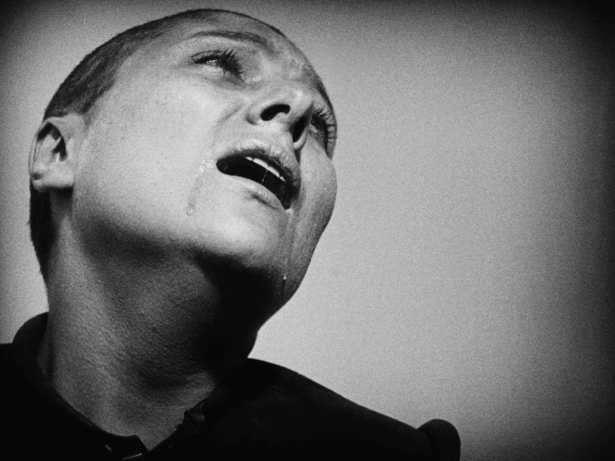
Yet, The Passion of Joan of Arc is a testament to two facts of film. One, the power of visuals can reach transcendent heights. This film drags every empathetic bone in your body out in the open. Joan’s pain is felt, her cries are heard, and her death is utterly heart-breaking. Two, the past holds some secrets for the future. Film isn’t purely visual but it was. We can’t dwell on the conservative ideals of purists, but we can take what they have to say and run with it. If someone can reach the cinematic pedestals of fame with only 20 or so silent frames per second, imagine what one can do with both sight and sound. The Passion of Joan of Arc‘s intimate view of Joan of Arc shows the power of the close up, of abstract set design, but most importantly of the visual language of cinema.

